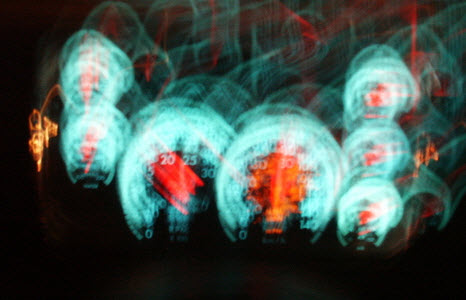The AAA estimates that fatigued drivers cause about a third of the injury crashes in Florida, but this figure is nothing more than a rough estimate. For one thing, there is no “Breathalyzer” test to determine fatigue; for another, many law-enforcement agencies do not code crashes as drowsy driving-related unless the tortfeasor (negligent driver) falls asleep while driving.
It’s important to establish drowsy driving because it is what some lawyers call behavioral negligence. Unlike operational negligence, such as running a stop sign, behavioral negligence, like drowsy or drunk driving, begins before the tortfeasor started driving, so the tortfeasor makes a conscious choice to endanger other people.
Juries often award higher damages in behavioral negligence cases than in operational negligence cases, because it is one thing to have a momentary lapse while driving and quite another to recklessly endanger others in order to meet a schedule or for some other reason that is probably rather insignificant.
Liability
Since it is not illegal to drive while drowsy, the negligence per se shortcut is probably not available in most fatigued driving crashes. So, victim/plaintiffs must establish the five elements of a negligence case, which are:
- Duty,
- Breach,
- Cause,
- Proximate cause, and
- Damages.
Each element must be proven by a preponderance of the evidence, or more likely than not.
Noncommercial drivers have a duty of reasonable care, so they must pull over and rest if they feel sleepy. Commercial drivers have a higher duty of care under Florida law, so they should not drive unless they know that they are well-rested and on their normal wake-sleep schedules.
As mentioned earlier, it is usually not easy to establish breach, cause, and proximate cause in drowsy driving crashes. Breach essentially means that the tortfeasor’s conduct fell below the standard of care, while both cause and proximate (substantial) cause mean that there must be a direct link between the breach and the damages.
The best way to establish these key elements is often to approach them like a doctor diagnosing an illness. If a patient comes into the office complaining of chest pain, and the patient is either a smoker or has a relevant family medical history, the doctor will probably diagnose lung cancer or some other type of lung disease. Similarly, if the tortfeasor exhibits any risk factors for drowsy driving, such as:
- A young or old age,
- Insufficient amount of rest the night before, or
- Recent change in work schedule,
it is more likely than not that the driver was fatigued.
Damages Available
Victim/plaintiffs may only recover for physical injuries to themselves or their property. However, if the injury is a “serious” one as defined in Section 627.737 of the Florida Statutes, the victim/plaintiff is entitled to additional compensation for his or her:
- Pain and suffering,
- Loss of consortium (companionship),
- Emotional distress, and
- Loss of enjoyment in life.
The statute defines a serious injury as one that involves disfigurement, death, loss of function, or a “[p]ermanent injury within a reasonable degree of medical probability.” The last category is very broad and could include a wide range of injuries, such a broken bones and whiplash.
Contact Aggressive Attorneys
For prompt assistance from an experienced personal injury lawyer in Brandon, contact Reed & Reed today, because you have a limited amount of time to act.
From our office in Brandon, Reed & Reed helps clients in Tampa, New Tampa, Plant City, East Hillsborough County and throughout the state of Florida.
Resources:
leg.state.fl.us/Statutes/index.cfm?App_mode=Display_Statute&Search_String=&URL=0600-0699/0627/Sections/0627.737.html
uscourts.gov/services-forms/bankruptcy/bankruptcy-basics/chapter-7-bankruptcy-basics

